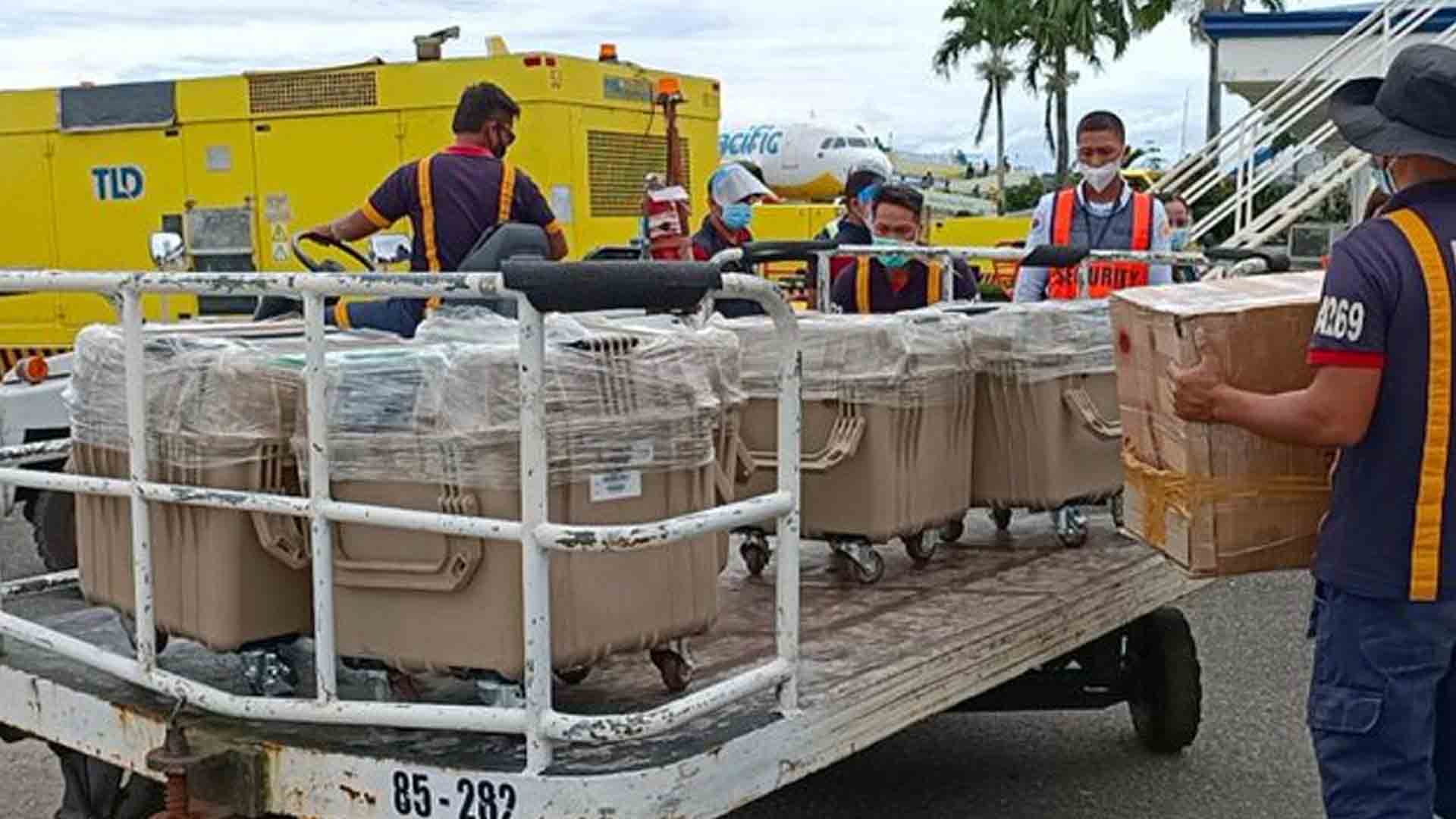The regional task force against coronavirus disease 2019 (Covid-19) will address minor glitches in the deployment of vaccines that were observed during the simulation exercises on Thursday.
Department of Health (DOH) Eastern Visayas Regional Director Exuperia Sabalberino said in an interview Friday they noticed minor problems during the simulation, which they will address to ensure smooth transport during actual deployment.
Among the minor glitches noted was the delay in the arrival of the vehicle carrying the vaccines to Ormoc City due to lack of a back-up medical team.
Another concern is the need to have a more dependable vehicle to ensure the safety of the vaccines that need to be handled with caution.
“These are small things, but we have to discuss this is as a task force to ensure that we are ready for deployment and that vaccines are well secured and safe,” Sabalberino told reporters.
The official said that during the simulation, the time allocated for travel from Tacloban Airport to the DOH regional office in Palo is within the 15-minute limit.
The airport is about eight kilometers away from the DOH field office while Eastern Visayas Regional Medical Center (EVRMC) is nine kilometers away from the health department.
On Thursday, the task force in Eastern Visayas held a simulation exercise for the arrival and deployment of coronavirus disease 2019 (Covid-19) vaccines in the region.
Led by the DOH, Office of Civil Defense, and the Department of the Interior and Local Government, the simulation exercise started at the Tacloban Airport to the DOH regional office and ended at the EVRMC here.
A separate activity was held for the 105-kilometer land transport of vaccines to Ormoc City escorted by policemen.
The simulation was meant to ensure easy mobility once the vaccines are deployed in the region and to ensure its safety.
The health department in the region has two cold storage rooms with each storing up to 500,000 doses of vaccines.
The storage facility works up to two to three days without electricity, while the vaccine refrigerator distributed to local government units maintains a very low temperature up to five days even during power outages.
Vaccination will start once the vaccines arrive at the local government level. If the vaccines arrive in the evening, vaccination will be conducted on the following day, said Ma. Elena Villarosa, DOH immunization program manager.
“After the immunization, we will conduct an assessment to the patient wherein they have to stay for 30 minutes to an hour for observation,” Villarosa said.
Local government units have been provided with a vaccine refrigerator that can store 4,000 to 7,000 vaccines.
At least three million of the region’s over 4.4 million population need to receive Covid-19 vaccines to achieve herd immunity.
Priority for vaccination is the more than 30,000 health workers from private and public health facilities.
As of Thursday, at least 15,017 residents in the region have been infected with coronavirus, including 14,412 recoveries and 204 recorded deaths. (PNA)







